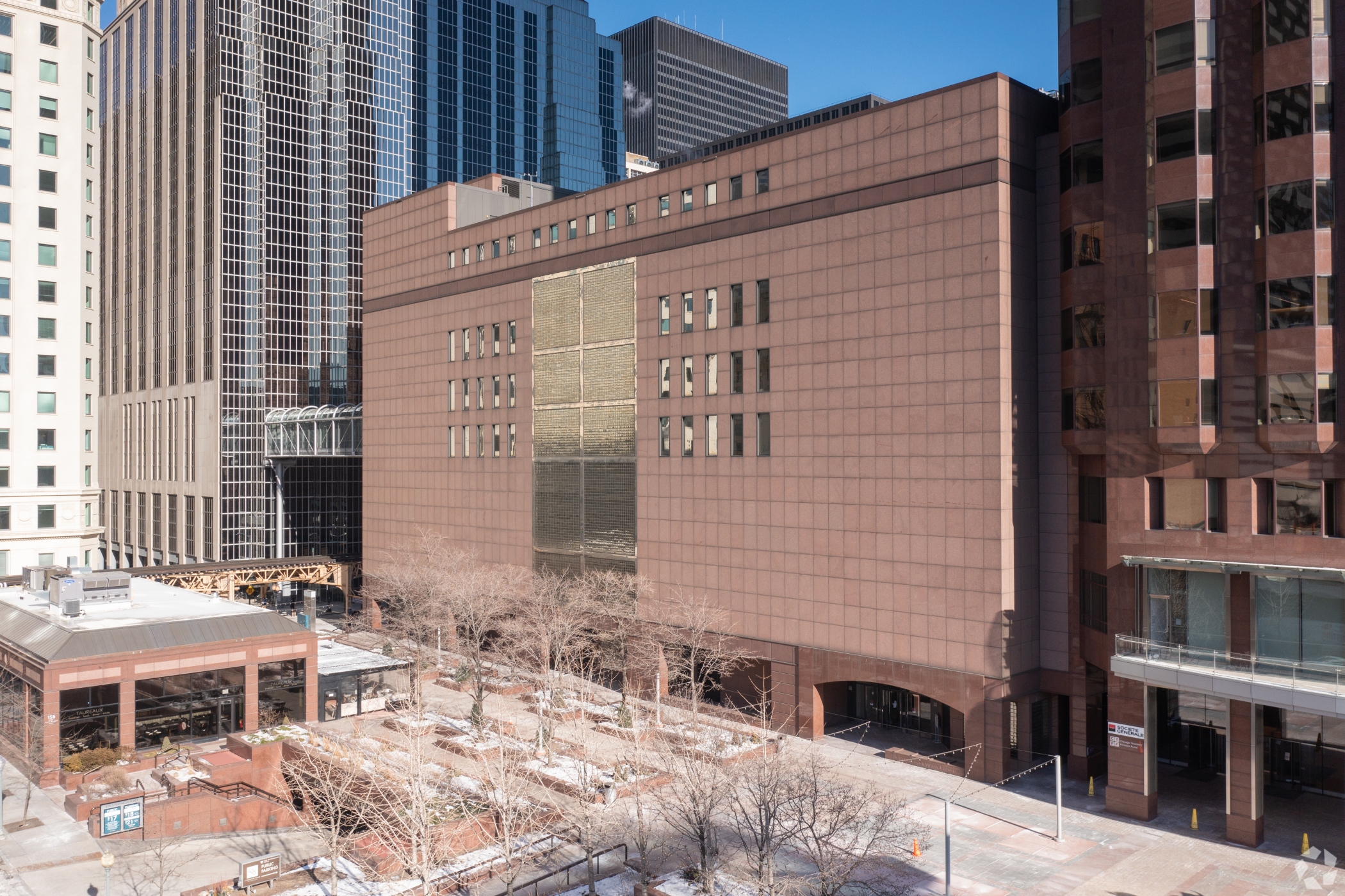Thousands have moved to Chicago’s Loop since 2020, according to a trade group-funded study, in the latest sign that residents could take on a larger role in the future of the central business district and possibly similar areas around the country.
The Loop added an estimated 3,700 residents between 2020 and 2022, increasing the total population to about 46,000, according to the Chicago Loop Alliance, which represents businesses, civic and cultural institutions in Chicago’s city center.
The study projects another 8,000 residents will arrive in the Loop over the next five years, which paints the picture of a continued shift toward apartments and condominiums in the area in the years after COVID-19 reduced usage of office buildings in March 2020.
That has led to lasting remote-work trends, which have left many outdated office towers in financial distress. Those office struggles, combined with a dearth of affordable housing in major downtowns, already has led to office buildings, obsolete retail space and other properties being redeveloped into or replaced by apartments from coast to coast.
In Chicago, the city’s onetime undisputed financial center on a stretch of LaSalle Street is the focus of Mayor Lori Lightfoot’s initiative to offer public subsidies for developers who convert older offices into apartment towers with at least 30% of the units offered at affordable rents.
The city’s planning department has narrowed the list of LaSalle Street Reimagined projects under consideration to six.
There are currently just 239 affordable units in the Loop, with 34% of residents in the area estimated to be “housing cost burdened,” according to the study.
The Chicago Loop Alliance study was led by real estate research firm Goodman Williams Group, appraisal and advisory firm Integra Realty Resources, and community planning and economic development company Johnson Research Group.
Changes in the Loop population were estimated by factoring in 2020 census data, the completion of 1,500 new units since 2020, and an increase in overall occupancy to 95%.
Boundaries for the study are the Chicago River to the north and west, Lake Michigan to the east, and Roosevelt Road to the south.
Rising Population
The estimated rise in population between 2020 and 2022 is a continuation of the sharp rise in population since 2000, when there were just 9,915 residents.
Huge residential towers that have opened since the start of the pandemic include the 101-story St. Regis Chicago, the Jeanne Gang-designed skyscraper within Magellan Development Group’s Lakeshore East, which includes 393 luxury condos and a planned 193-room St. Regis hotel. Magellan and Sterling Bay also completed a 47-story tower at 300 N. Michigan Ave. that includes the 289-unit Millie on Michigan apartments and a 280-room citizenM hotel.
Much of the Loop economy still is driven by workers commuting to work in skyscrapers, massive McCormick Place conventions, and tourists visiting attractions such as the Magnificent Mile shopping district, Millennium Park, Navy Pier and the Riverwalk.
But the surge in residential population has created an economy of its own, with residents spending an estimated $481 million in Loop businesses, according to the study. Yet those residents spend another $940 million per year outside the Loop, highlighting the need for more amenities such as grocery stores, apparel stores, medical care, and other goods and services, according to the study.
A return of some office workers back to their Loop jobs on a more regular basis, as well as new projects such as Google’s plans to own and have thousands of workers in the formerly state-owned James R. Thompson Center, could further boost residential, office and retail demand in the Loop, the study said.
“The Loop continues to be the city’s fastest growing neighborhood, and the fastest growing residential downtown in the country, yet the Loop remains in need of amenities to attract and retain residents,” Chicago Loop Alliance President and CEO Michael Edwards said in a statement. “We hope the evidence and narrative of this study provides context for how we can all work together to make Chicago’s Loop more beneficial for workers, tourists, and residents.”
The Loop’s residential expansion is part of an ongoing growth of the broader downtown residential area, which extends farther north to North Avenue, farther south to Cermak Road, and as far west as Ashland Avenue in the fast-growing West Loop area.
Between the 1990 census and 2020, the number of residents in that area nearly doubled from 127,821 to 244,455.



